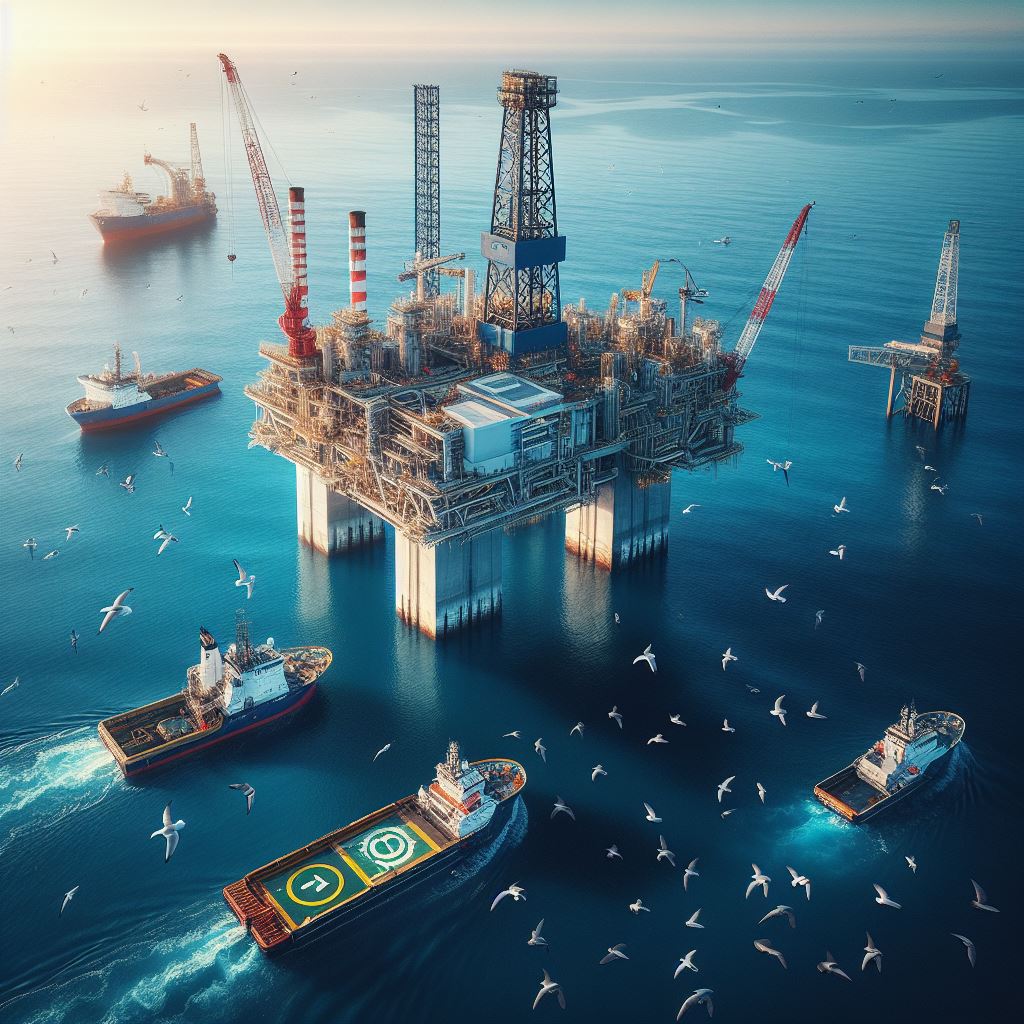 The oil and gas industry is one of the largest sectors in the world in terms of dollar value, generating an estimated $5 trillion in global revenue as of 2022.
The oil and gas industry is one of the largest sectors in the world in terms of dollar value, generating an estimated $5 trillion in global revenue as of 2022.Oil is crucial to the global economic framework, impacting everything from transportation to heating and electricity to industrial production and manufacturing.
- The oil and gas industry is broken down into three segments: upstream, midstream, and downstream.
- Upstream, or exploration and production (E&P) companies, find reservoirs and drill oil and gas wells.
- Midstream companies are responsible for transportation from the wells to refineries.
- Downstream companies are responsible for refining and the sale of the finished products.
- Drilling companies contract their services to E&P companies to extract oil and gas.
- Well-servicing companies conduct related construction and maintenance activities on well sites.
What Is Oil and Gas Production?
Oil and gas production is a multi-stage entire process of discovering a resource, transporting it to a refinery, and turning it into a finished product ready for sale. Or, in industry terminology, upstream, midstream, and downstream segments.
About Hydrocarbons
Hydrocarbons make up crude oil and natural gas, which are naturally occurring substances found in rock in the earth's crust. These organic raw materials are created by the compression of the remains of plants and animals in sedimentary rocks such as sandstone, limestone, and shale.
The sedimentary rock itself is a product of deposits in ancient oceans and other bodies of water. As layers of sediment were deposited on the ocean floor, the decaying remains of plants and animals were integrated into the forming rock. The organic material eventually transforms into oil and gas after being exposed to specific temperatures and pressure ranges deep within the earth's crust.
Oil and gas are less dense than water, so they migrate through porous sedimentary rock toward the earth's surface. When the hydrocarbons are trapped beneath less-porous cap rock, an oil and gas reservoir is formed. These reservoirs of oil and gas represent our sources of crude oil and natural gas.
Hydrocarbons are brought to the surface by drilling through the cap rock and into the reservoir. Once the drill bit reaches the reservoir, a productive oil or gas well can be constructed and the hydrocarbons can be pumped to the surface. When the drilling activity does not find commercially viable quantities of hydrocarbons, the well is classified as a dry hole, which is typically plugged and abandoned.
